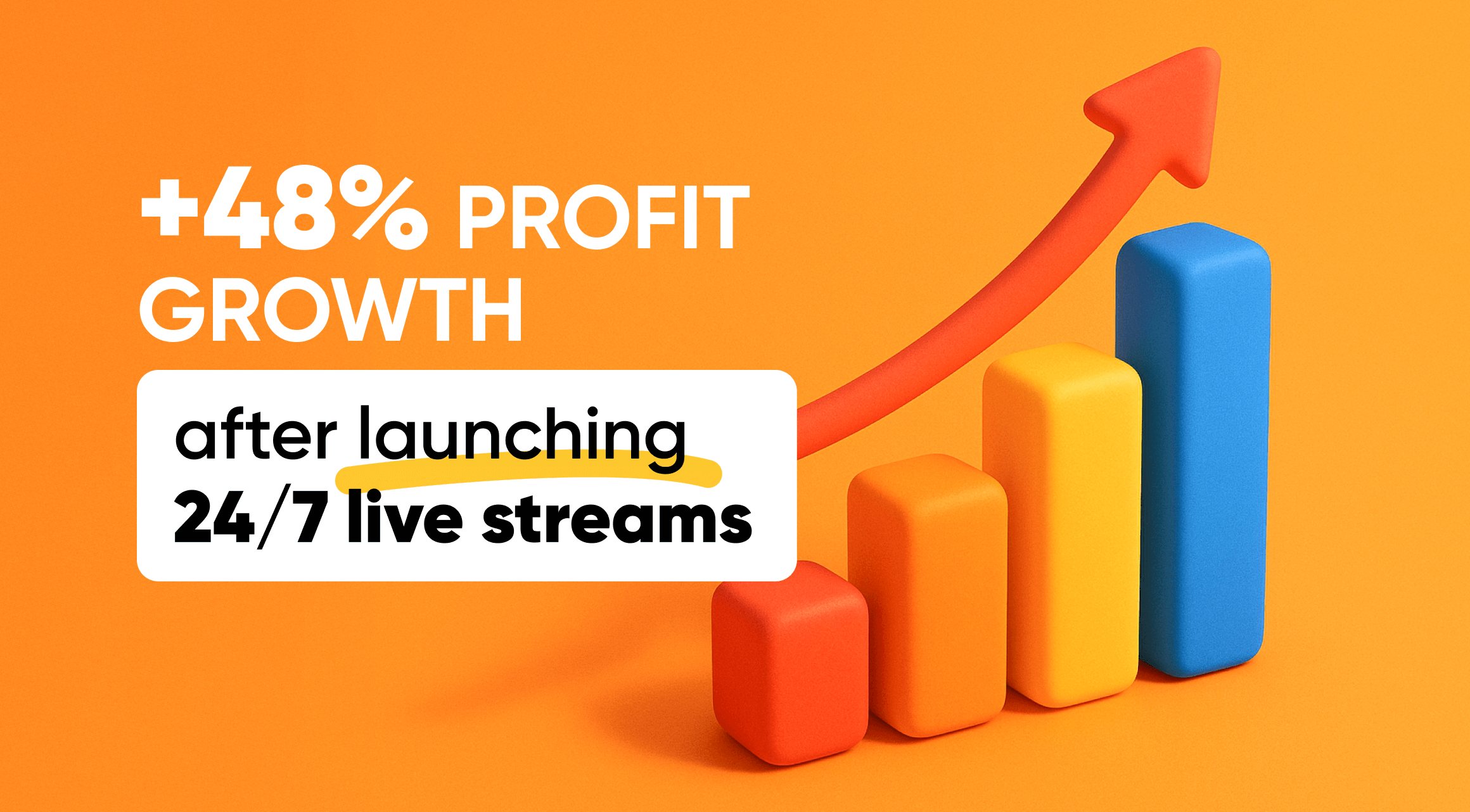
What does weak metadata mean on YouTube? It means the algorithm doesn’t know what to do with you. You don’t match search intent. Your upload gets buried under better-indexed content.
Can you guess metadata though?
Not the best one.
YouTube’s discovery system is a black box with mood swings. It parses metadata and compares it against trending query vectors to predict performance and relevance. If your metadata lacks semantic clarity or contains low-quality signals, your video gets filtered out early.
No human can analyze that much data enough to write the perfect title.
But a YouTube-trained AI can, and that’s what Metadata Lab does.
Metadata Lab gives you:
- Titles that click
- Descriptions that rank
- Tags that unlock visibility.
It gives you high-performing metadata, but how?
What’s Behind the Metadata Output?
Metadata Lab programmatically fixes the weak metadata problem with a multi-step AI pipeline designed for YouTube-specific discovery logic.
This is what that pipeline looks like.
1. Prompt expansion with contextual AI
When you describe your video, the tool expands your input using AI, trained to unpack YouTube content structure. It considers tone, category, potential format (Shorts vs. long-form), and intended audience.
The idea is restructured in a way that matches how YouTube classifies content clusters.
2. Trend-aligned keyword mapping
Next, Metadata Lab performs keyword expansion and prioritization using current YouTube trend data. This includes high-performing search phrases, long-tail variations, and semantic overlap with adjacent topics.
It builds a contextual keyword graph that ranks terms by volume and by relevance to your idea and how those terms perform in your category.
3. Policy compliance filtering
The metadata is then scanned for language that could trigger limited ads, age restrictions, or suppressed visibility. This is especially useful for creators in commentary, current events, gaming, or anything remotely “edgy.”
Risky phrasing is rewritten automatically without watering down the core topic.
4. Output Generation
Finally, Metadata Lab assembles a complete set:
- A title that balances user-side CTR psychology with algorithm-side keyword clarity
- A description written with layered SEO structure: natural language, key terms early, category signaling
- A tag set built to reinforce video context and align with internal discovery mechanics (not just surface-level keywords, but entity-level tagging)
Everything is built to serve the algorithm, so the humans actually see it.
Metadata Lab is Part of Oxys AI Toolkit
There’s also a Comment Analyzer to surface insights from your audience, an Idea Generator to help you plan your next videos, and more tools designed to make growth easier and faster. Explore the full Oxys AI toolkit.
What Happens When Your Metadata Works?
You show up. You get clicked. You grow.
Here’s what you get when your metadata does its job:
You show up in the right places
Search, suggested, homepage, the algorithm knows who your video is for, and starts putting it there. Not someday. Now. Because your metadata finally matches the moment.
You get more clicks
Same traffic, better results. Your titles are clear, relevant, and sharp, so when someone sees your video, they click it. CTR goes up. Impressions follow.
You stop scrambling at upload
No more last-minute titles. No more “I’ll fix the description later.” Metadata Lab generates optimized metadata at scale, so every video goes out sharp.
Don’t just hope the algorithm gets it.






